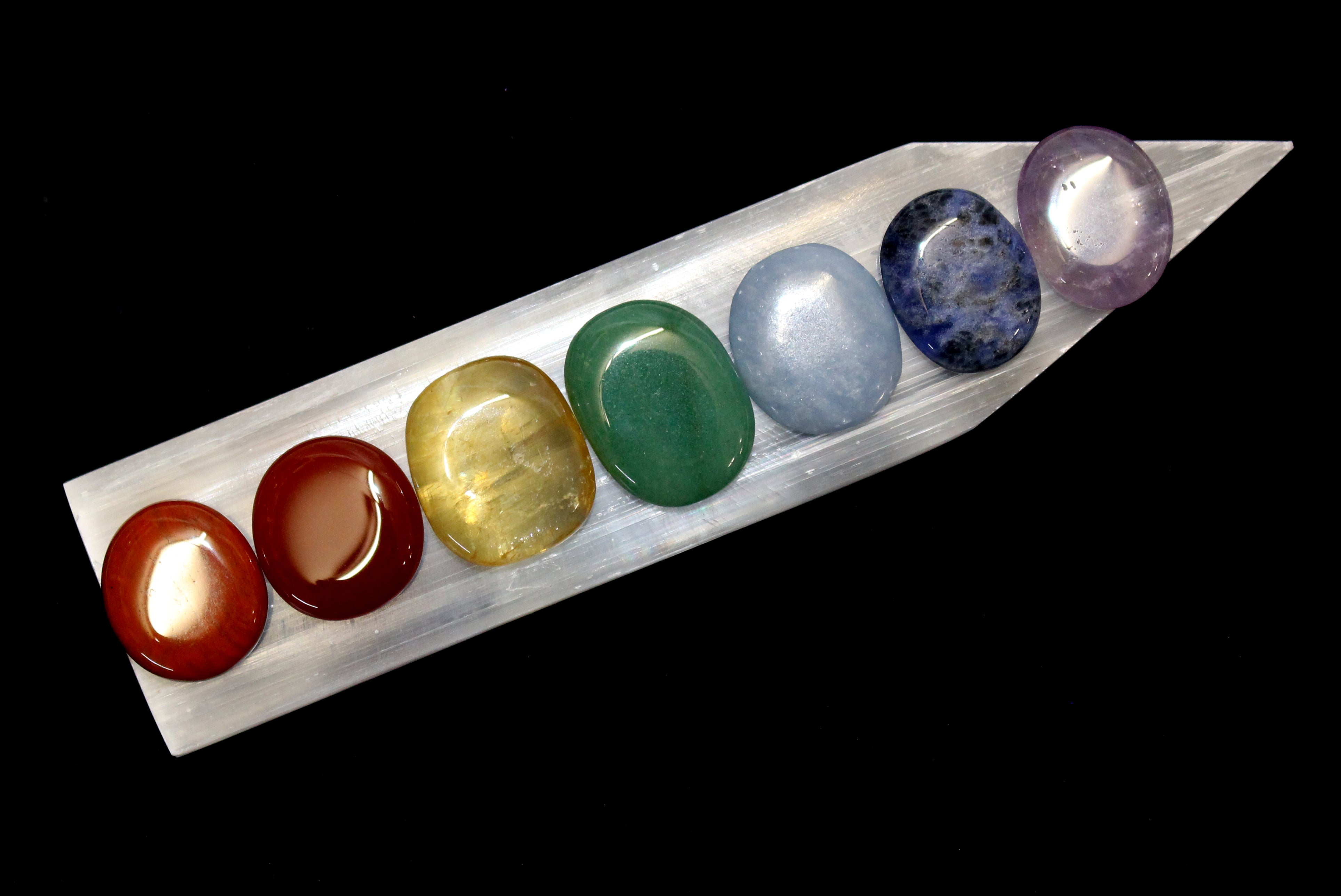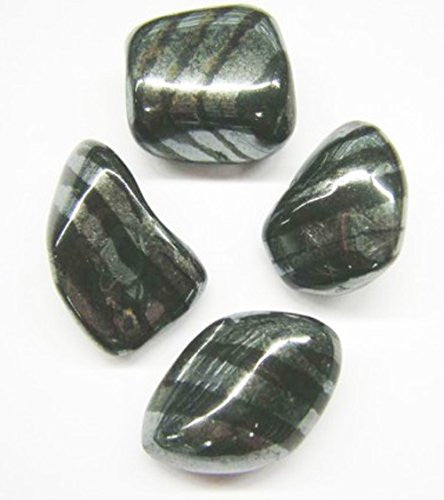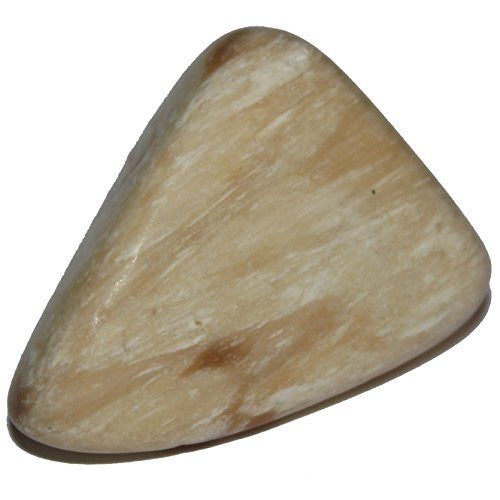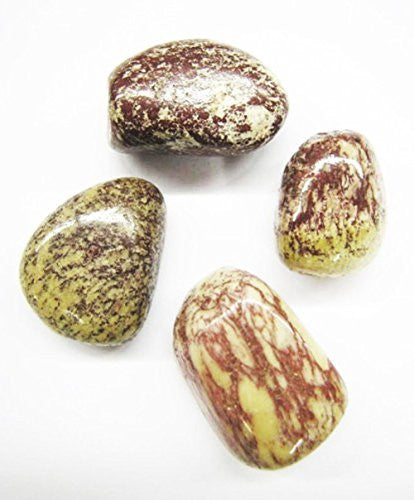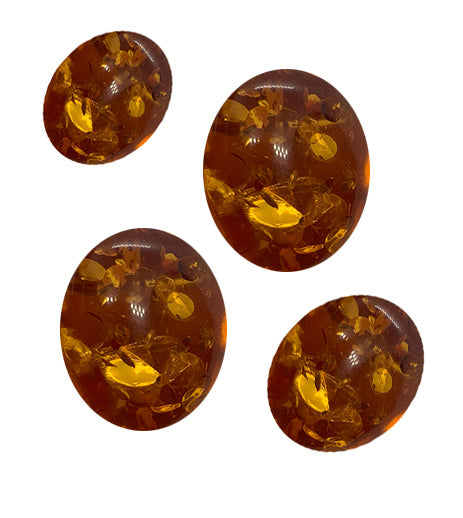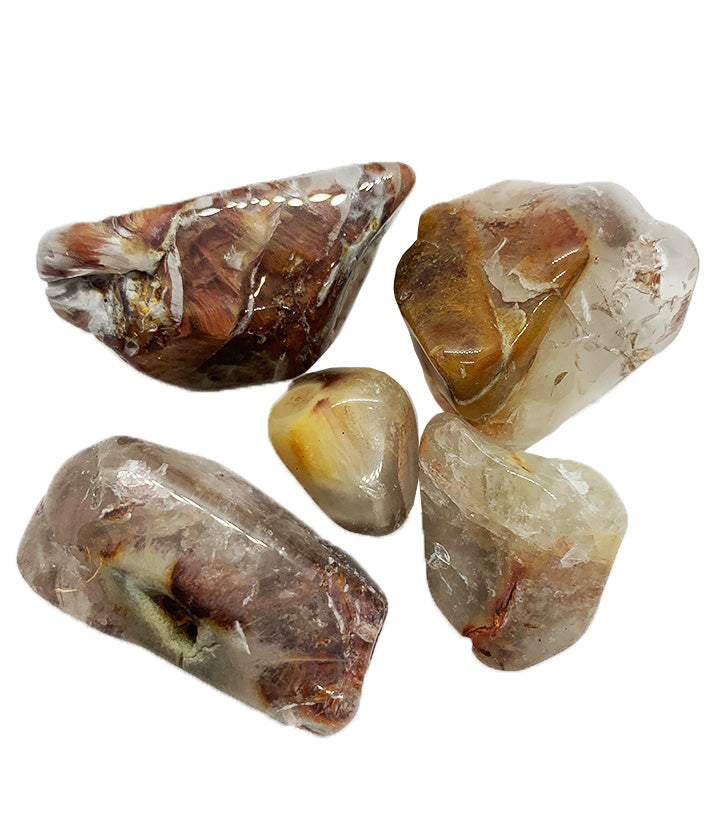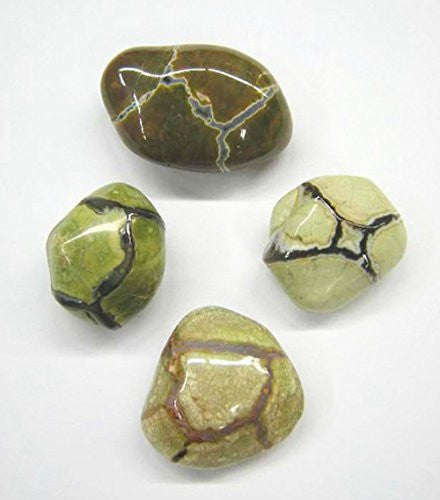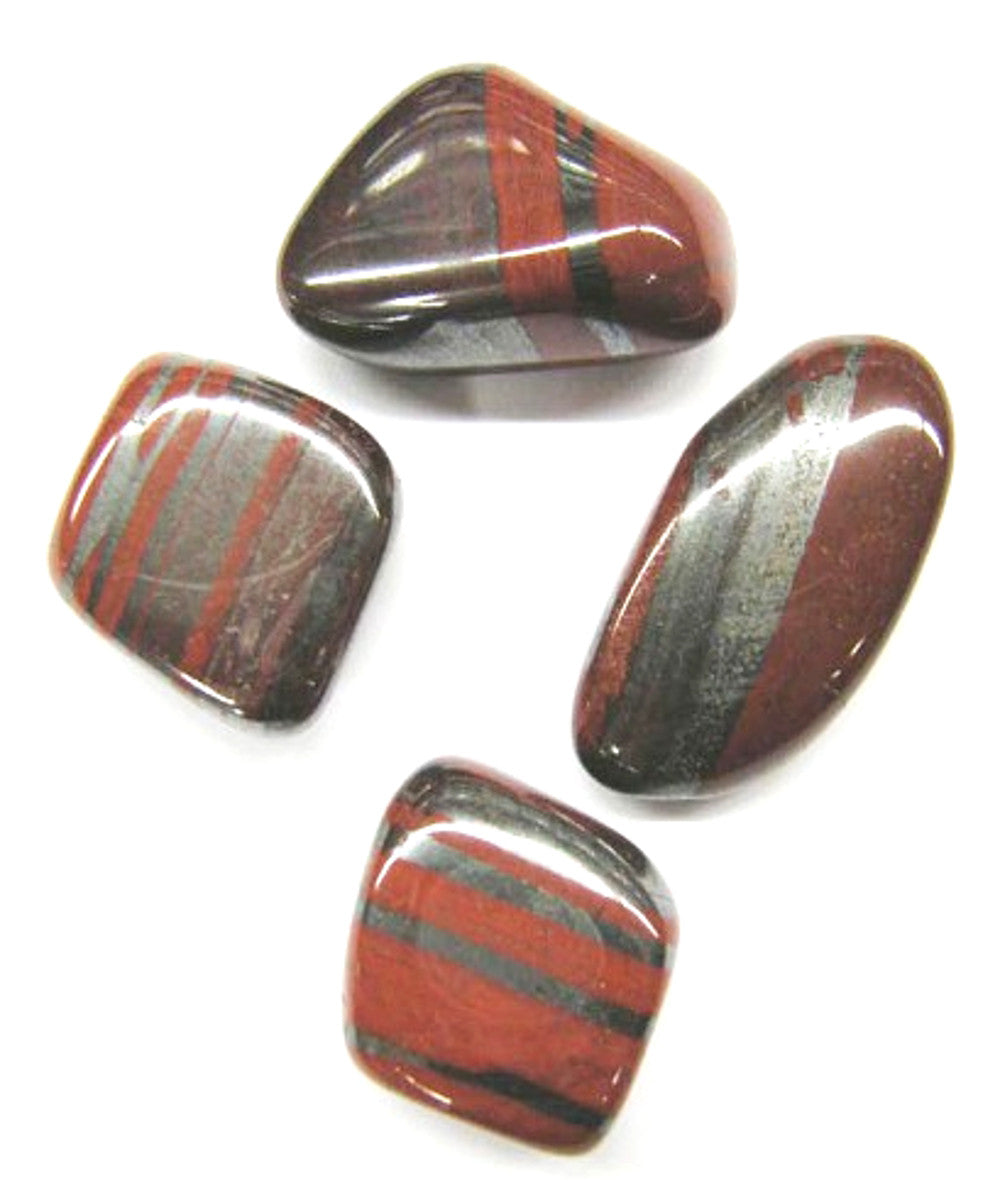Banded iron formations (BIFs) are sedimentary rocks containing more than 15% iron composed predominantly of thinly bedded iron minerals and silica (as quartz). Banded iron formations occur exclusively in Precambrian rocks, and are commonly weakly to intensely metamorphosed. Banded iron formations may contain iron in carbonates (siderite or ankerite) or silicates (minnesotaite, greenalite, or grunerite), but in those mined as iron ores, oxides (magnetite or hematite) are the principal iron mineral.[4] Banded iron formations are known as taconite within North America. The mining involves moving tremendous amounts of ore and waste. The waste comes in two forms, non-ore bedrock in the mine (overburden or interburden locally known as mullock), and unwanted minerals which are an intrinsic part of the ore rock itself (gangue). The mullock is mined and piled in waste dumps, and the gangue is separated during the beneficiation process and is removed as tailings. Taconite tailings are mostly the mineral quartz, which is chemically inert. This material is stored in large, regulated water settling ponds.
Exciting Shipping Options! 🚚✨
We’ve got you covered with fantastic shipping choices!
- DHL Delivery: Enjoy fast and reliable shipping within the UK Mainland for just £5.80 (up to 20kg)! Your treasures will be on their way to you in no time!
- Royal Mail for Small Parcels: Choose our budget-friendly option at just £3.40 (up to 2kg) for those smaller goodies!
Your satisfaction is our priority, and we can’t wait for you to receive your order! Thank you for shopping with us!







